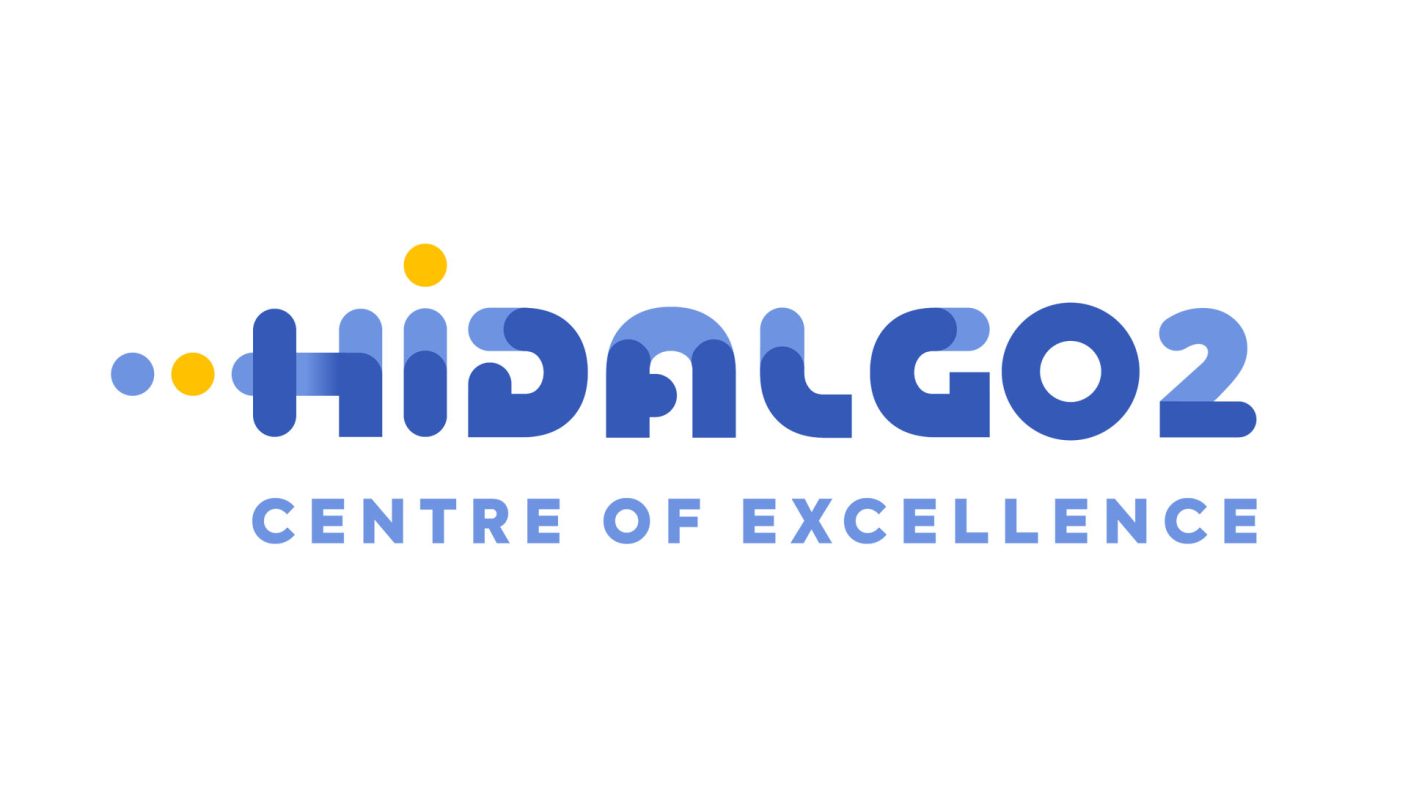
Climate change has long since been an undeniable phenomenon observed up close at many places on Earth. Climate change influences our everyday life, and thus has also an increasing impact on our quality of life. One of the key reasons is the dynamic development of societies which for decades significantly impacts the natural environment. This can be dramatically experienced nowadays by violent weather phenomena (e.g. storms, rainfalls).
These problems are addressed by Global Challenges (GC). GC requires interdisciplinary expertise, and demands for solutions at scale due to their inherent complexity. Thus, HiDALGO2 aims to explore synergies between modelling, data acquisition, simulation, data analysis and visualisation along with achieving better scalability on current and future HPC and AI infrastructures to deliver highlyscalable solutions that can effectively utilise pre-exascale systems.
The project focuses on five use cases from the environmental area: improving air quality in urban agglomerations, energy efficiency of buildings, renewable energy sources, wildfires and meteo-hydrological forecasting. The common feature of the modelling of the above simulations is the use of numerical analysis of fluid flows by Computational Fluid Dynamics (CFD) method, which is typically very compute-intensive. HiDALGO2 puts high emphasis on issues related to the scalability of solutions, the best adaptation of the software to the infrastructure (co-design) by using the appropriate benchmarking methodology and algorithmic optimization methods. This enables the efficient use of top-notch HPC systems to simulate complex structures with much greater accuracy not achievable for calculations using Cloud solutions. The quality of our solutions is assessed by uncertainty analysis carried out in ensemble runs mode. HiDALGO2 actively contributes to user communities from the EU by addressing the skills gap and sharing knowledge under organised specialised workflows and training.
The scope of work proposed in this project is to some extent a continuation of the tasks carried out in the HiDALGO project. The core of the current project are the same people, which guarantees continuity of work, especially in the area of scalability, co-design and team scenarios. During the first edition of the project, excellent scalability results were achieved using the PSNC, USTUTT and PRACE infrastructures. All simulation pilot applications were able to use several thousand cores per launch, and two of them exceeded the 100,000 core mark.
HiDALGO2 has a coherent offer for the scientific community and SMEs to work together on the development of simulation models, both in terms of their scientific excellence and technological performance, contributing to the idea of a digital twin. The development of the domain and technology allows us to use the potential of use cases to a greater extent, which in turn generates the need to use computing resources on a much larger scale than before (Exascale).
There are two basic principles of HiDALGO2: scientific and technological development. They are built on four pillars of the HiDALGO2 world: technological, socio-scientific, multidisciplinary and team. The technological pillar emphasizes the importance of application development in order to better use the opportunities offered by technological progress. This translates into activities that increase scalability, but take into account aspects of co-design. The socio-scientific dimension focuses on the development of the application in terms of the most accurate reflection of real phenomena (digital twin), taking into account the current needs of society. Multidisciplinarity consists in searching for synergies at the expert and technological level that could bring added value allowing for increasing the capabilities of tools by integrating information from other research areas. The exploration and enrichment of the accumulated knowledge is also carried out through the organization of trainings, workshops, hackathons and social meetings that allow to fill the skills gap in the target domains, which is the basis of teamwork. Overall, this creates a balanced picture of the development of Global Challenges systems.
The above-mentioned overarching goals translate into the definition and implementation of five pilot applications in the field of environmental implementations: Urban Air Project (UAP), Urban Buildings (UB), Renewable Energy Sources (RES), Wildfires (WF) and Meteo-Hydrological Forecasting (MHF).
Partners:
- INSTYTUT CHEMII BIOORGANICZNEJ POLSKIEJ AKADEMII NAUK (PSNC) PL,
- UNIVERSITAET STUTTGART (USTUTT) DE,
- ATOS SPAIN SA (ATOS) ES,
- SZECHENYI ISTVAN EGYETEM (SZE) HU,
- METEOGRID SL (MTG) ES,
- CENTRO INTERNAZIONALE IN MONITORAGGIO AMBIENTALE – FONDAZIONE CIMA (FONDAZIONE CIMA) IT,
- POLITECNICO DI TORINO (POLITO) IT,
- UNIVERSITE DE STRASBOURG (UNISTRA) FR,
- INSTITUTE OF COMMUNICATION AND COMPUTER SYSTEMS (ICCS) GR,
- FUTURENEEDS (FN) CY.